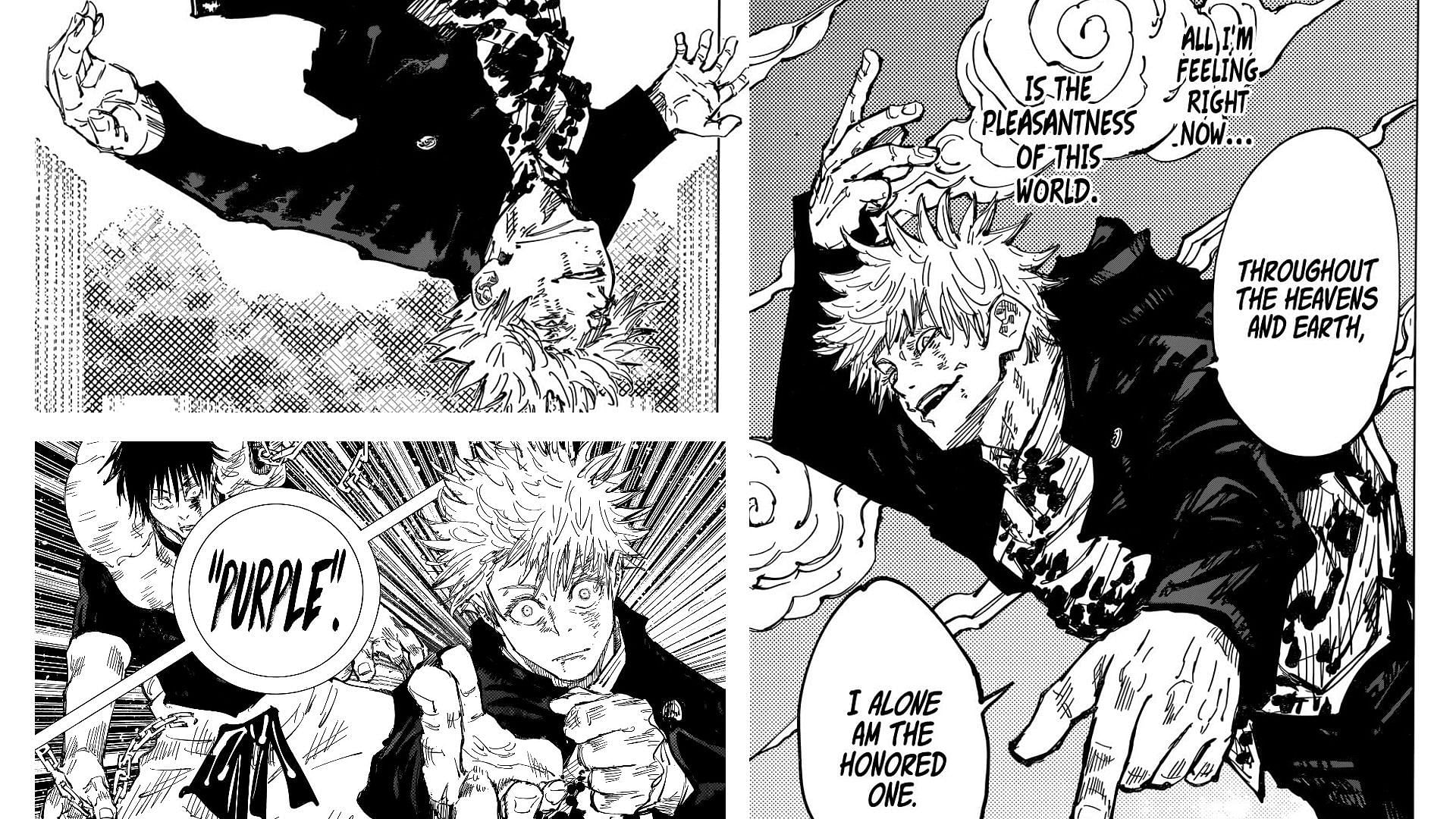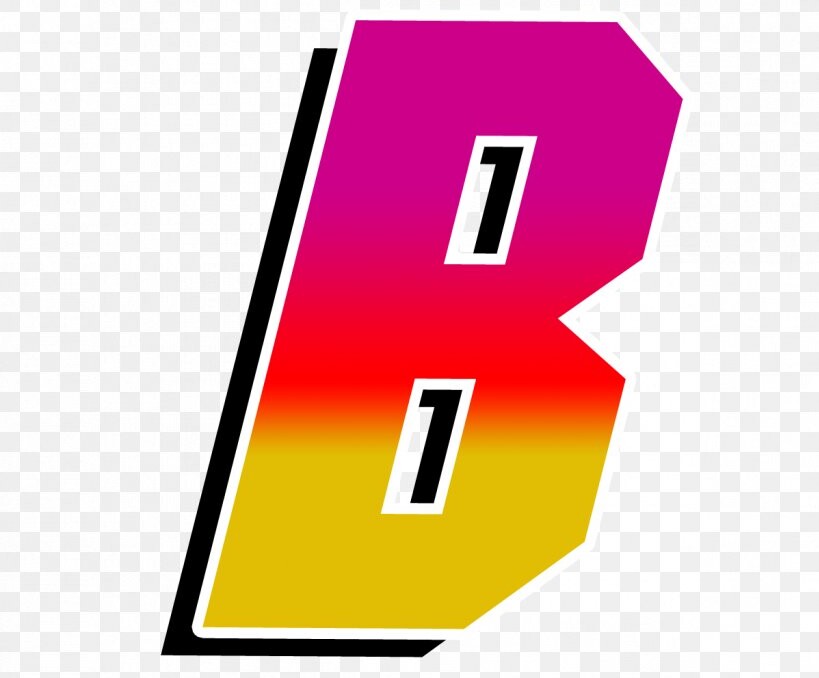Manga in – it’s way more than just comics, dude! It’s a global phenomenon, a crazy mix of art, storytelling, and culture that’s exploded across the planet. From Japan’s iconic classics to the latest hits dominating North America and Europe, manga’s influence is undeniable. We’re diving deep into the world of manga, exploring its wild popularity, diverse genres, awesome art styles, and its massive impact on everything from anime and video games to fashion and even slang.
Get ready to level up your manga knowledge!
This exploration will cover the explosive growth of manga across different regions, examining the demographics of its ever-expanding fanbase. We’ll break down the diverse genres and subgenres, showcasing their unique characteristics and the artists who define them. We’ll analyze the art itself – the paneling, linework, and shading that bring these stories to life – and explore how manga’s influence has shaped other media forms.
Finally, we’ll touch on the cultural impact and the business behind this global powerhouse. So buckle up, it’s gonna be epic.
Manga’s Global Domination: A Deep Dive: Manga In
Yo, manga heads! Let’s break down the crazy world of Japanese comics, from its explosive popularity to its impact on global culture. We’re diving deep into the art, the business, and the sheer awesome power of manga.
Manga Popularity Across Regions
Manga’s not just a Japanese thing anymore; it’s a global phenomenon. In Japan, it’s a cornerstone of pop culture, with series like One Piece, Attack on Titan, and Demon Slayer dominating sales charts and inspiring countless adaptations. North America has embraced manga big time, with titles like My Hero Academia, Naruto, and Death Note achieving mainstream success. Europe’s manga scene is also thriving, though perhaps less mainstream than in North America, with series like Fullmetal Alchemist and Death Note gaining significant followings.
| Region | Age Range (Most Popular) | Gender Breakdown (Approximate) | Popular Series Examples |
|---|---|---|---|
| Japan | 15-35 | Male: 60%, Female: 40% | One Piece, Attack on Titan, Demon Slayer, My Hero Academia |
| North America | 13-25 | Male: 50%, Female: 50% | My Hero Academia, Attack on Titan, Naruto, Death Note, Jujutsu Kaisen |
| Europe | 15-30 | Male: 55%, Female: 45% | Death Note, Fullmetal Alchemist, Attack on Titan, One Piece |
Digital distribution, through platforms like Viz Media and Manga Plus, has massively boosted manga readership globally. It’s made accessing titles easier and cheaper, reaching a wider audience than ever before. This is particularly true in regions where physical manga distribution might be limited.
Exploring Manga Genres and Subgenres
Manga genres are super diverse, dude! From action-packed shonen to heart-wrenching josei, there’s something for everyone.
- Shonen (Boys): Action, adventure, fantasy. Examples: One Piece, Dragon Ball, Naruto
- Shojo (Girls): Romance, drama, fantasy. Examples: Sailor Moon, Fruits Basket, Ouran High School Host Club
- Seinen (Young Men): More mature themes, often darker and more complex plots. Examples: Berserk, Vinland Saga, 20th Century Boys
- Josei (Young Women): Focuses on adult themes and relationships. Examples: Paradise Kiss, Honey and Clover, Chihayafuru
- Kodomomuke (Children): Simpler stories and art styles. Examples: Pokemon, Hamtaro, Crayon Shin-chan
We can visualize these genres as overlapping circles, with some genres sharing characteristics. For instance, a shonen manga might incorporate elements of fantasy or sci-fi, while a seinen manga could blend action and psychological thriller elements. The circles would represent the major genres, with overlapping areas showing the commonalities between them.
Manga’s Artistic Styles: A Visual Feast
Manga art is wildly varied, from the super-detailed realism of some seinen to the expressive, almost cartoonish styles in some shonen. Paneling is crucial—it controls the pacing and visual flow of the story. Line work, from bold and thick to delicate and thin, creates mood and emphasis. Shading techniques, ranging from simple hatching to complex gradients, add depth and emotion.
| Artist | Style Characteristics | Notable Works |
|---|---|---|
| Osamu Tezuka (God of Manga) | Simple, expressive line work; large, expressive eyes; dynamic storytelling | Astro Boy, Kimba the White Lion |
| Eiichiro Oda (One Piece) | Detailed character designs; dynamic action sequences; expressive use of backgrounds | One Piece |
| Hajime Isayama (Attack on Titan) | Detailed, gritty style; emphasis on horror and suspense; powerful use of paneling | Attack on Titan |
Manga’s Influence on Other Media

Manga’s impact is HUGE. Anime is basically manga in motion, with countless series adapted from manga sources. Video games have also drawn heavily from manga’s storytelling and character designs, with many popular games based on or inspired by manga. Even Western comics and animation have absorbed elements of manga’s style and storytelling. The adaptation process can be tricky, though, requiring careful consideration of pacing, visual style, and cultural context.
Sometimes adaptations hit it out of the park; other times, they fall a bit short.
Manga’s Cultural Significance
In Japan, manga is woven into the fabric of society. It reflects Japanese values, social issues, and pop culture trends. Globally, manga has significantly shaped perceptions of Japanese culture, though sometimes in a simplified or stereotypical way. Its influence on fashion, language, and other aspects of popular culture is undeniable.
The Manga Business: From Idea to Shelf, Manga in
Creating manga is a serious undertaking. It starts with the initial concept, followed by storyboarding, penciling, inking, and finally, printing and distribution. A whole team is involved: mangaka (artists), editors, publishers, translators, and distributors.
- Physical Distribution: Bookstores, comic shops, online retailers.
- Digital Distribution: Online platforms, apps, digital bookstores.
From its humble beginnings in Japan to its global domination, manga’s journey is a testament to its captivating storytelling and artistic innovation. We’ve journeyed through the diverse genres, artistic styles, and cultural significance of manga, uncovering its impact on various media and its reflection of societal values. Understanding the business side reveals the collaborative effort and intricate processes that bring these incredible stories to life.
Check claymore manga series to inspect complete evaluations and testimonials from users.
Whether you’re a seasoned manga fan or a curious newcomer, hopefully, this deep dive has broadened your appreciation for this amazing art form. Now go forth and read some manga!



